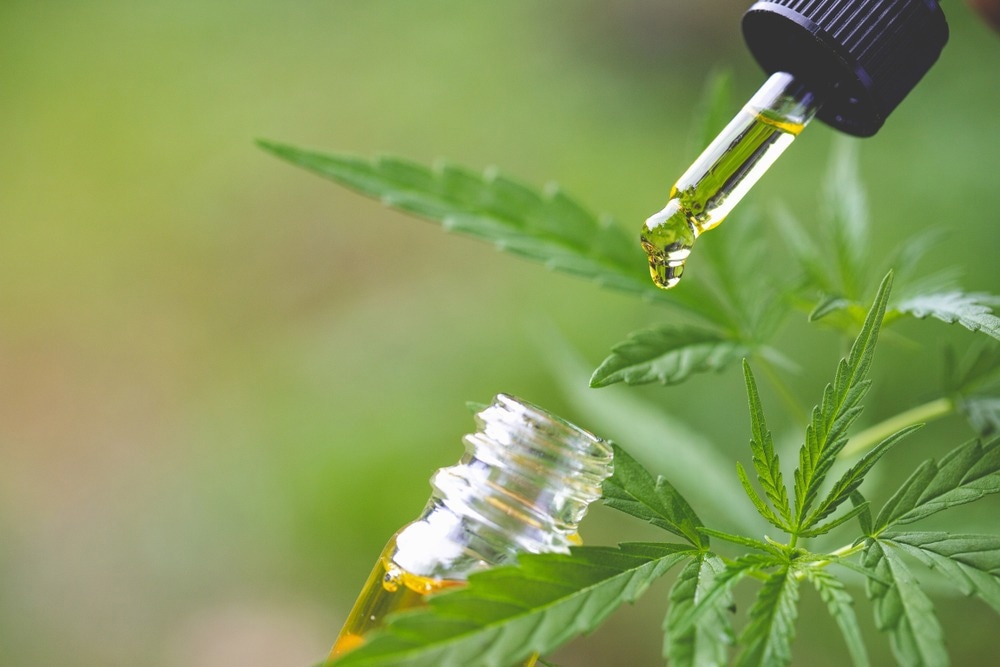In a recent study published in The American Journal of Preventive Medicine, researchers assessed the impact of cannabidiol on the driving performance of humans.
 Study: The Effects of Cannabidiol on the Driving Performance of Healthy Adults: A Pilot RCT. Image Credit: Tinnakorn jorruang/Shutterstock
Study: The Effects of Cannabidiol on the Driving Performance of Healthy Adults: A Pilot RCT. Image Credit: Tinnakorn jorruang/Shutterstock
Background
Epidiolex, a prescription cannabidiol (CBD) oil, has been approved by the U.S. Food and Drug Administration (FDA) for treating Dravet syndrome, Lennox-Gastaut syndrome, and tuberous sclerosis complex. Nonprescription medicines typically contain less CBD than prescription products. There are few published randomized clinical trials (RCTs) on the efficacy of CBD, with the majority focusing on clinical populations with neurologic or neuropsychiatric disorders.
CBD frequently causes drowsiness, which may impair driving ability. Unfortunately, there is only one published RCT examining the impacts of nonprescription CBD smoking on driver performance which warrants the need for future research.
About the study
In the present study, researchers determined the viability and impact of cannabidiol on driving performance.
The present pilot feasibility study involved a randomized and double-blind feasibility test. The team chose a parallel design instead of a crossover design to enhance participant retention and mitigate missing data.
Eligibility requirements included (1) being a student, (2) being between the ages of 18 and 30 years, (3) having a valid driver's license, (4) having driven once or more times in the previous month, (5) being able to read English, (6) being willing to undergo a urine drug examination and fulfill a test drive to confirm the absence of simulation sickness, (7) not consuming any prescription medications, (8) not being diagnosed with any serious chronic illness, and (9) having someone willing to drive them home after the study testing.
Taking into account a 15% attrition rate, 40 participants were recruited. All students received email advertisements. Almost 58 people were screened and scheduled for assessment with standardized criteria. Urine samples submitted by participants were immediately tested. If a participant's sample was negative, they performed a 10-minute practice drive, which included simulation sickness practice and screening.
All participants performed a standard demographic survey and six cognitive or psychomotor tests after recruitment. The participants were subsequently assigned randomly to a treatment cohort. The absorption time of 120 minutes was chosen based on the CBD pharmacokinetics and participant burden. After completing the driving simulation, participants were again given cognitive/psychomotor assessments. Using a 1:1 stratified variable block technique, participants were randomly assigned to either CBD or a placebo group.
At the study's conclusion, participants filled out a questionnaire containing both structured and open-ended questions to evaluate the acceptability of the methods. Five primary and three secondary outcomes were gathered. The key result was the standard deviation of lateral position (SDLP), computed by taking the standard deviation of the vehicle's lateral position, defined as the distance between the vehicle's center and the centerline of the roadway.
The second outcome was the overall percentage of time the participant drove outside the center line or shoulder of the roadway. The third outcome was the total number of collisions. The time duration of the initial collision was the time that transpired between the start of the simulation and the first collision. Mean brake reaction time was the average time it took a participant to apply the brakes after exposure to stimuli.
Results
From 15 April 2021 to 30 November 2021, study personnel prescreened 96 individuals. Forty participants were recruited who completed the study. The demographic features of the CBD and placebo cohorts were comparable. The average age of all participants was 21.2±2.7 years, of which 48% were men and 85% were non-Hispanic White.
The team found no statistical significance for any of the correlations. The CBD group fared somewhat worse with respect to the primary and secondary outcomes. CBD recipients drove more slowly and spent less time speeding. The effect sizes calculated varied from 0.03 to 0.36.
The survival analyses revealed that people who were treated with CBD had a 35% higher likelihood of being involved in a collision as compared to those who were administered a placebo, although the difference was not statistically significant. The majority of participants appreciated the study's design and structure. Regardless of the group assignment, most participants had a positive experience. Only 26% of placebo and 48% of CBD recipients accurately recognized their group assignment.
Conclusion
The study findings showed that a CBD RCT is viable. Although no connections were statistically significant, the study's sample size was insufficient. CBD-treated participants performed marginally worse on all research outcomes; however, whether these deficits reflect impairment is uncertain. The researchers believe that RCTs with bigger sample sizes are necessary.